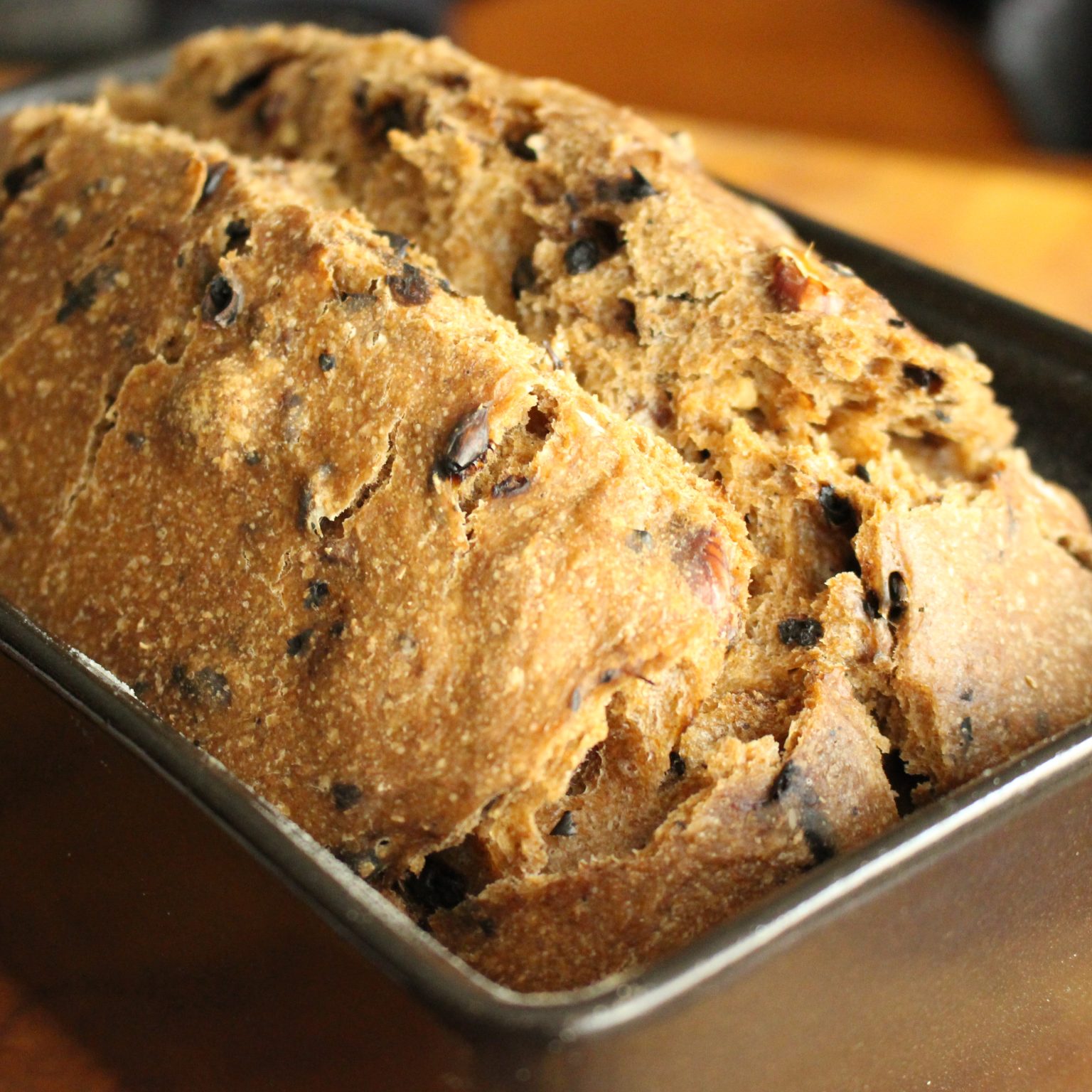
I’ve been baking exclusively with ancient grains for over a decade, and regularly hear these questions:
- Why should I bake with ancient grains?
- What’s wrong with modern wheat?
- How are ancient grains different from wheat?
- What do I need to know before I start baking with ancient grains?
- Have you got some ancient grain recipes I can try?
In this article, I’ll give you answers. I’ll define ancient grains, explain how they differ from modern wheat, share five reasons why you should be baking with ancient grains and point you to a resource that’ll get you started.
What are ancient grains?
Ancient grains are ‘old-school’ grains; ones that our ancestors have been subsisting on for thousands of years.
Modern wheat isn’t like this. It was developed in the mid 1900s specifically for increased yield; scientists intensively selected and cross-bred the grain. Our ancestors wouldn’t recognise today’s wheat and neither would they be able to grow it – as well as needing large amounts of water it relies on fossil fuel fertilisers.
Get my free 30-page guide to baking with ancient grains straight to your inbox by entering you details below:
What are some examples of ancient grains?
There are ancient grains that behave similarly to wheat, like einkorn, emmer and spelt.
There are ancient grains that, like wheat, contain gluten, but work differently, like rye and barley.
There are gluten-free ancient grains like buckwheat, teff, oats and millet.

Why should I bake with ancient grains?
Here are 5 reasons to bake with ancient grains:
1/ For your health
How many times have you heard someone say ‘I can’t eat wheat’?
Yes, there are many people with coeliac disease, who cannot eat any gluten. Yet there are swathes more for whom wheat just doesn’t sit well. They feel bloated or uncomfortable after normal bread.
And looking at where our modern wheat came from and how, industrially, we make it into bread, it’s unsurprising that so many of us have problems with it.
Modern wheat grains were developed by super-intensive selection and cross-breeding and are dependent on industrially-produced pesticides and fertilisers. The wheat that makes the bread we eat was not developed with nutrition or digestibility in mind.
Ancient grains, in contrast, have not been through this intensive modification. Yes, our ancestors did choose grains, after harvest, that appeared to be doing well in their soils and their climates, but this made stronger, healthier grains which in turn helped societies thrive. These ancient grains are consistently higher in nutrition and easier to digest than modern wheat.
2/ To make a stand against industrial, commodified food
Who, interested in a sustainable food system, would choose scientifically-created wheat grains (the seeds of which come from a global conglomerate), and grow them as a mono-crop in nutrient-depleted soils, spraying them with fossil fuel fertilisers and pesticides?
And yet, we chose this wheat for our mainstream loaves. We grind it in industrial roller mills before whipping it into breads laced with chemical additives.
Buying supermarket wheat bread or standard wheat grains is supporting the continuance of this way of producing food.
Alternatively, we can, by choosing ancient grains and baking with them at home, step out of the food system that is destroying our health and planet and do so whilst bringing ourselves and our families joy, nutrition and pleasure.
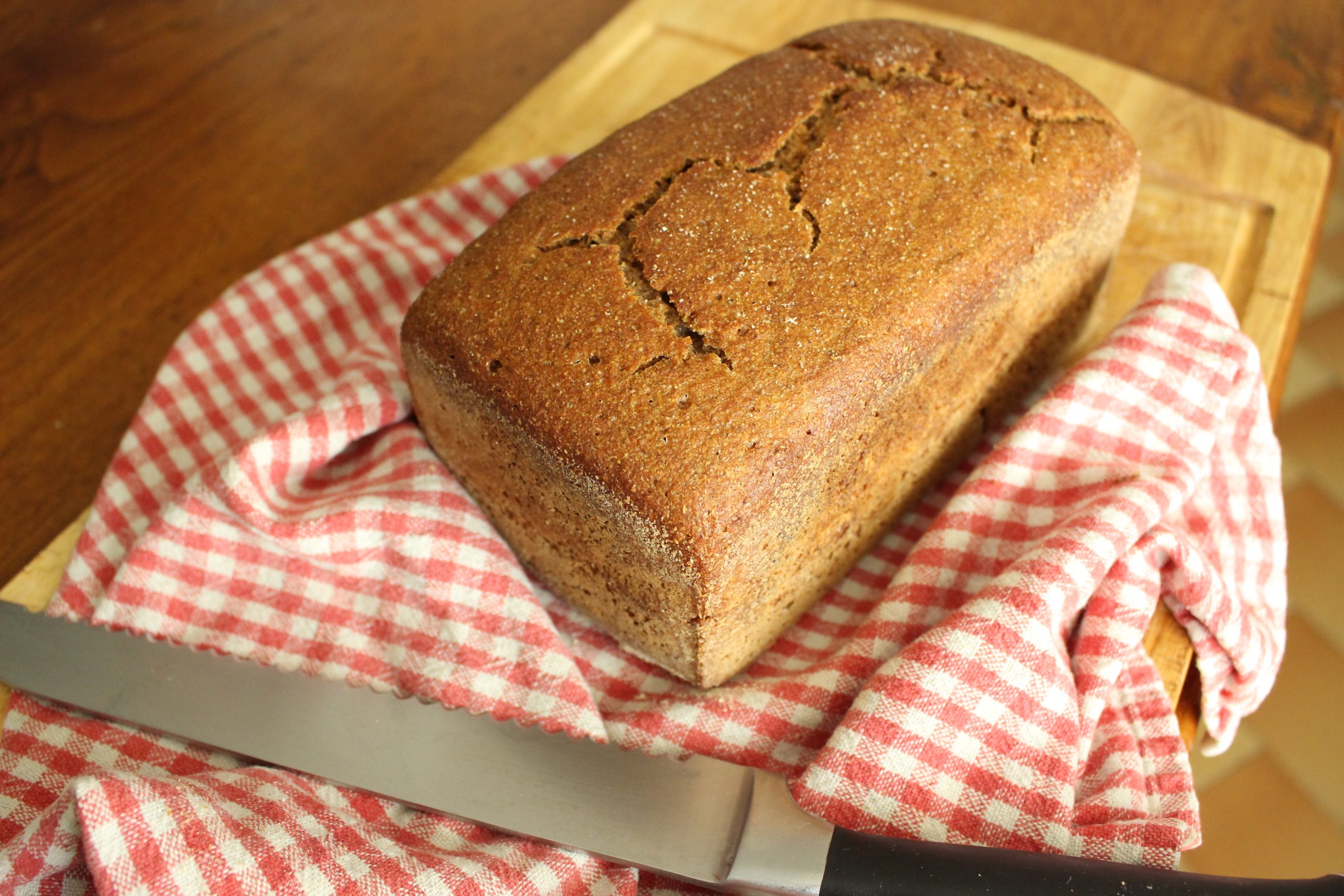
3/ Because they taste better
Modern wheat has been bred for yield and pest resistance, not for flavour. And when you begin to bake with ancient grains that becomes so clear – they taste amazing compared to supermarket wheat!
An average week of baking with ancient grains my kitchen might include rich and deeply sweet rye bread, buckwheat made into earthy, grassy crepes, traditional Scottish oatcakes with their toasty and golden flavour, the nutty spelt in a sourdough, plus a mild and slightly sweet millet made into a polenta loaf.
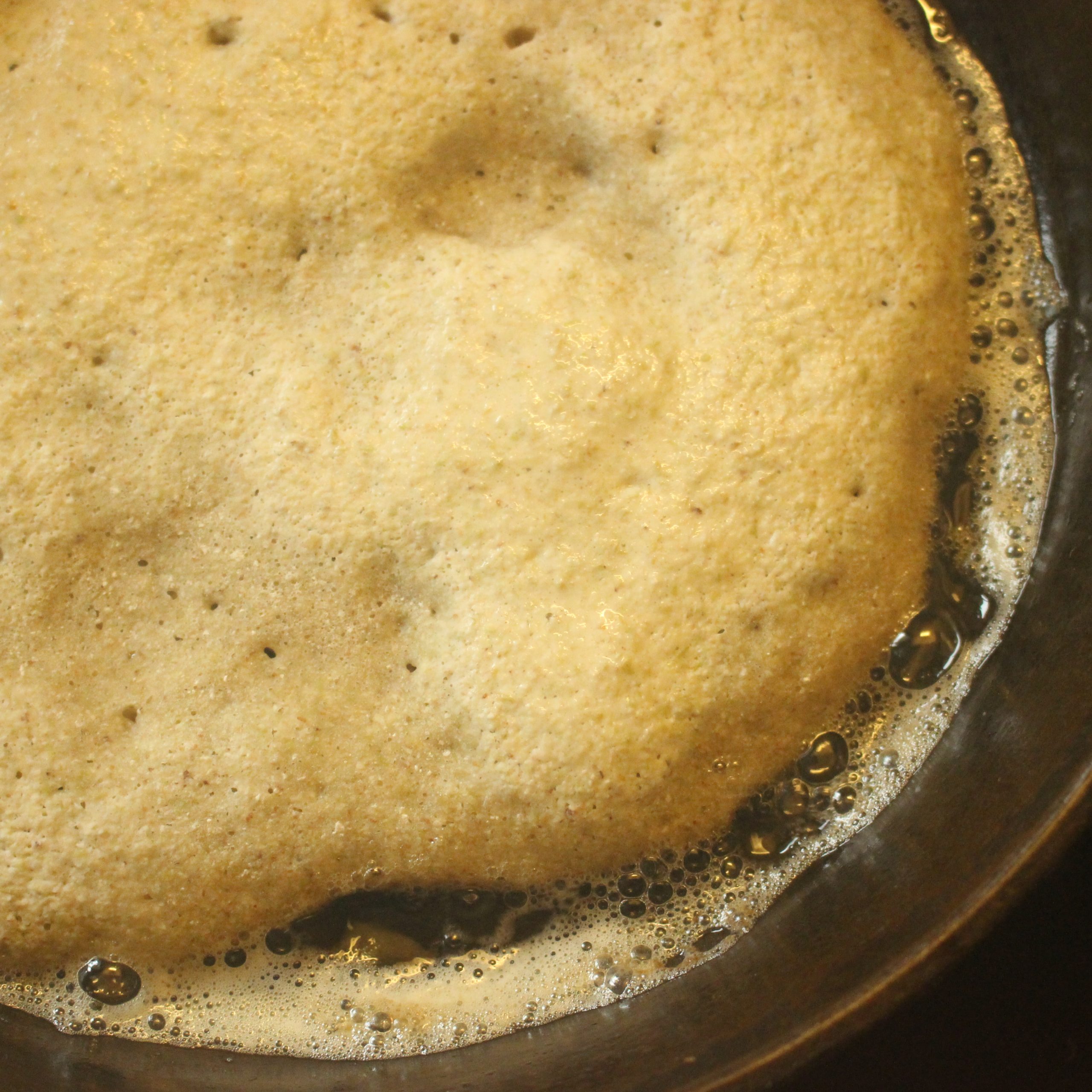
Bringing these flavours into your kitchen is an adventure; one that will fill your home, mouth and mind with deep satisfaction.
4/ To get more variety in your diet
Look at many modern Western diets and you will see a day’s food is often wheat (cereal for breakfast), followed by wheat (sandwich for lunch), followed by wheat (pasta for dinner).
And yet, consistently, nutritionists are telling us to diversify our diet; to eat lots of different foods every day.
There are, according to the Whole Grains Council, 22 grains. By looking beyond wheat and baking with ancient grains, we can give our bodies the gift of diversity through the staple foods that are on our plate, meal after meal.
5/ To actively support small-scale, sustainable growers
All over the world, there are farmers who care about the soil, the planet and their community. Many choose to grow ancient grains that are less-lucrative and harder to process than wheat.
These growers, often working on a small-scale, deserve our support. They are choosing to act differently in a world that pushes them to make a living by growing the commodity crop, wheat.
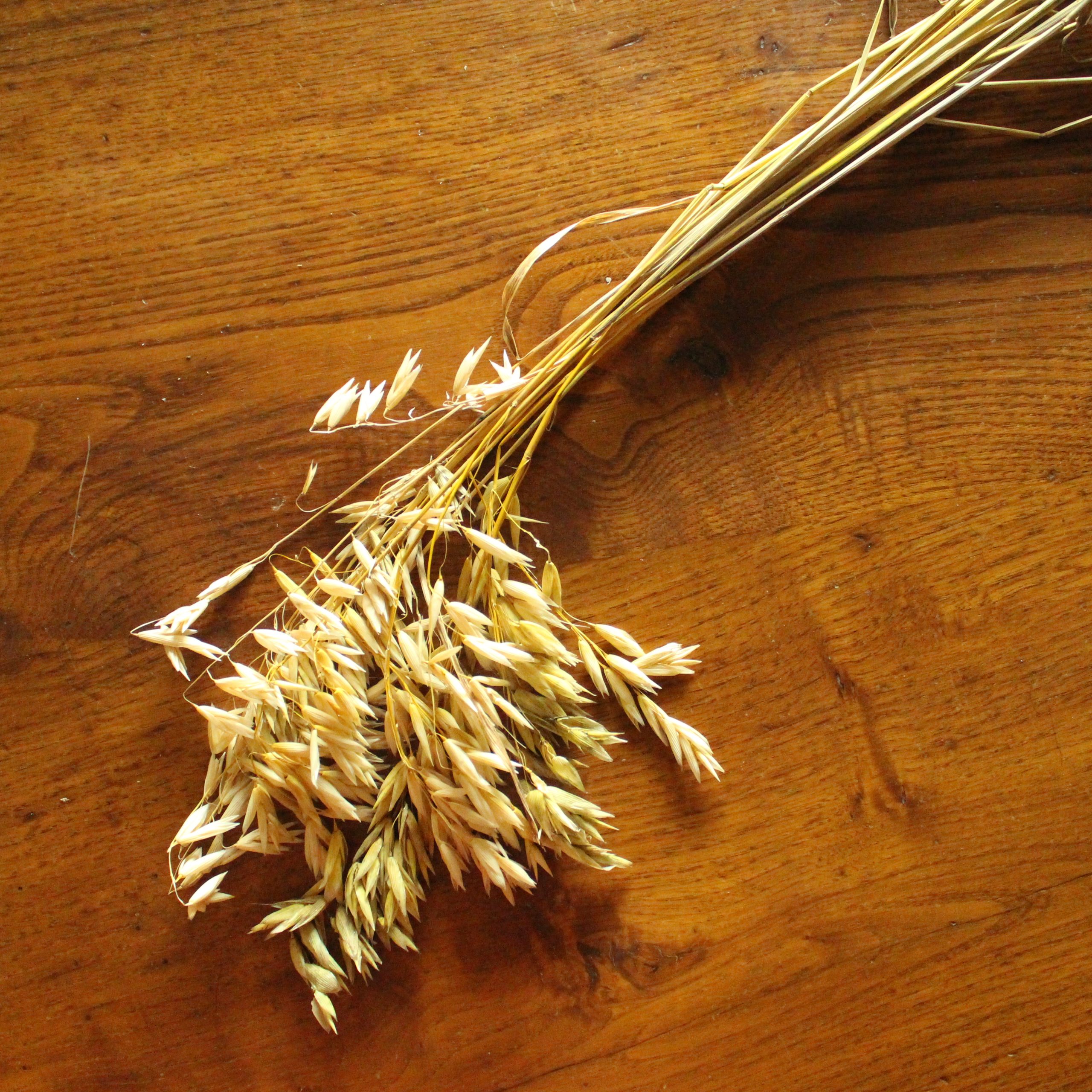
If you want our food world to change, baking with ancient grains is a step towards that goal. With it, you can feel in integrity – even joyful – when your hands are in the dough.
How can I bake with ancient grains?
Baking with ancient grains is not the same as baking with modern wheat. Depending on the grain, you might be able to produce ancient grain bread that looks similar to (though is much tastier than) wheat. You might, however, have to handle your dough differently to wheat to make a loaf or perhaps you’d be better off diving into the world’s incredible flat-bread traditions.
Getting to know each ancient grain and how it works best in baking is a learning curve, and that’s where my free guide, Baking with Ancient Grains, comes in!
It will guide you, step-by-step, through learning to bake with these delicious, nutritious and sustainable grains. Whether you’re a proficient baker wanting to bring ancient grains into your kitchen or have never made bread at home before there’s something in here for you.
It includes more information on ancient grains, many tips for baking with them, plus five 100% ancient grain baking recipes to get you baking with ancient grains today!
To get a free copy of Baking with Ancient Grains, pop your name and email in the boxes below. In doing so, you’ll also be subscribed to my bi-weekly ancestral food newsletter. You can unsubscribe at any time.
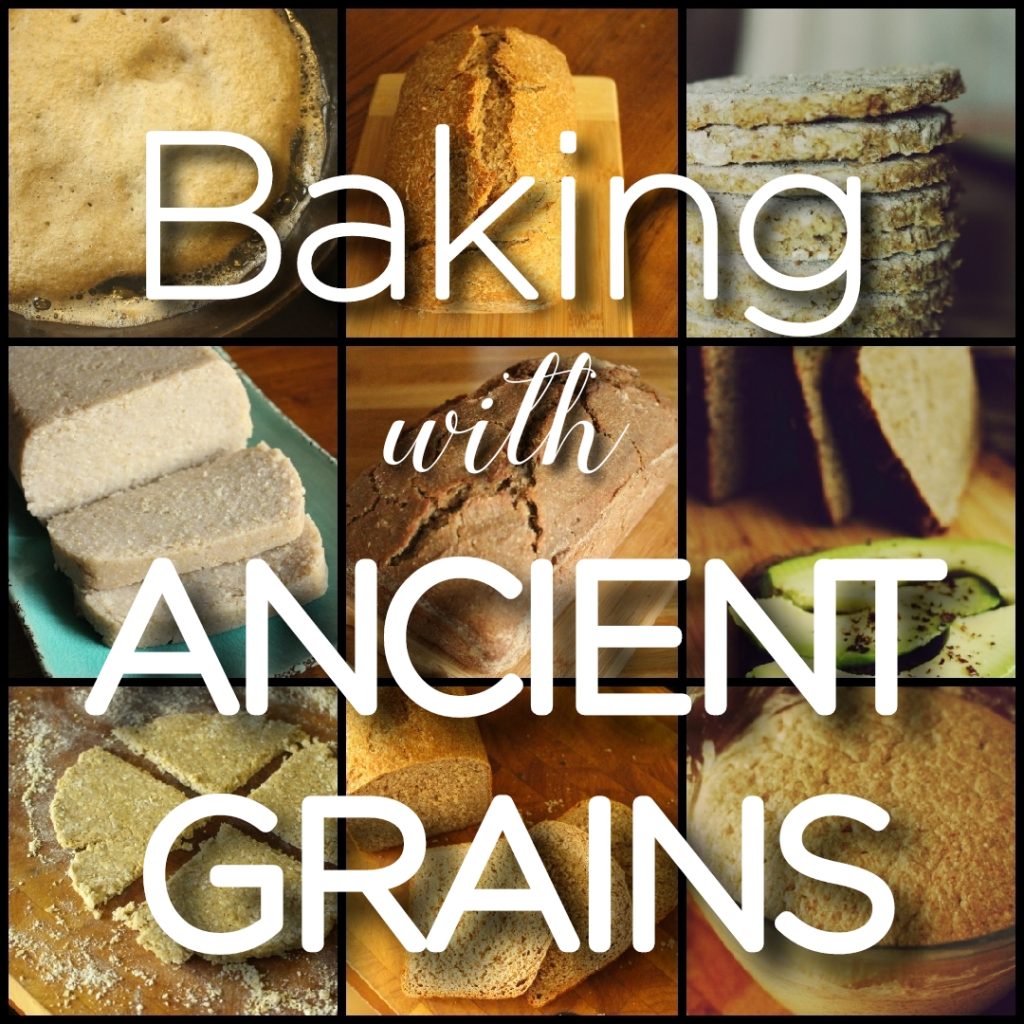
Bring ancient grain baking into your kitchen!
Download my free 30-page guide with five healthy and tasty 100% ancient grains recipes.
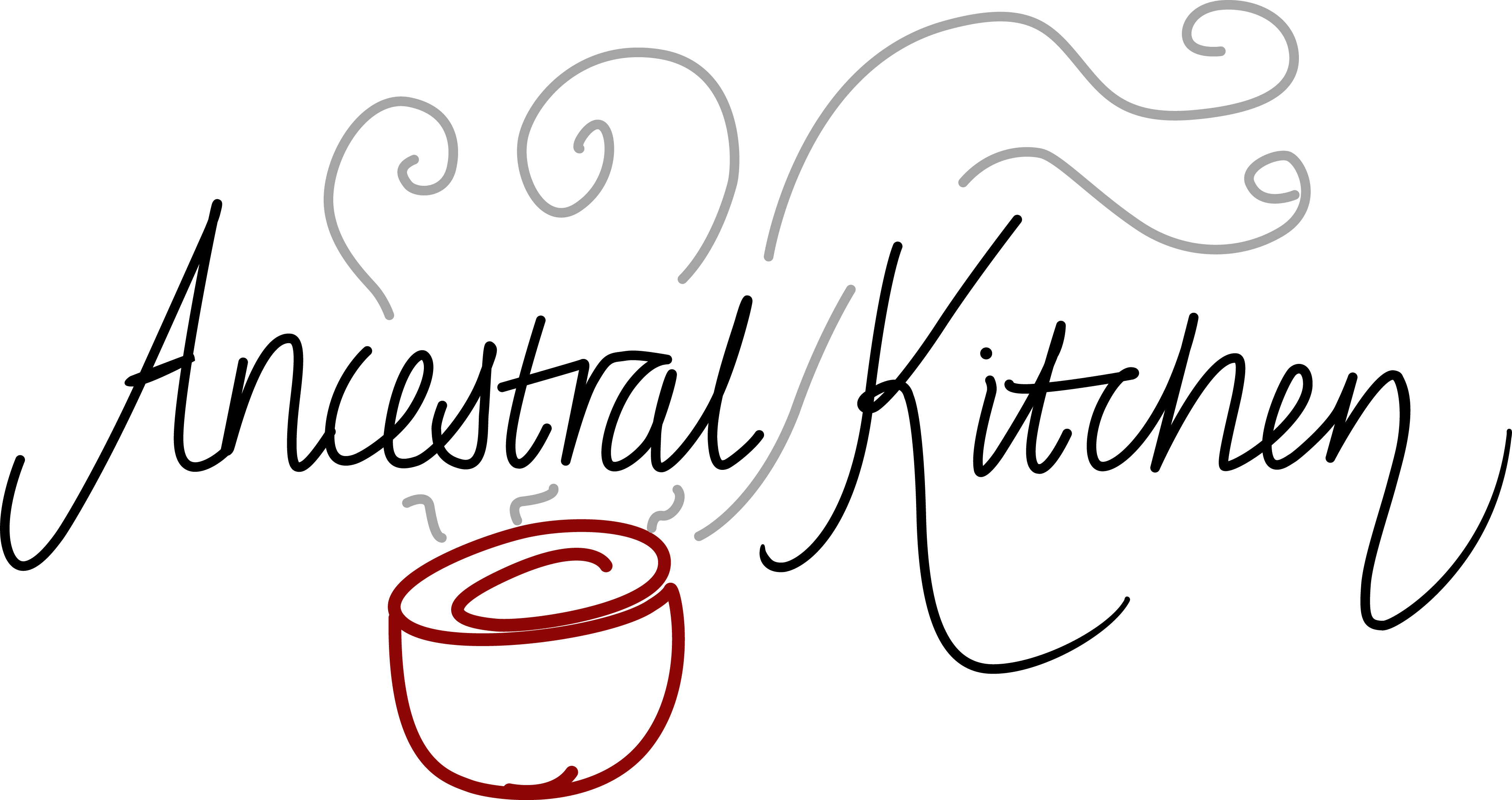


Thank you! Thank You! Thank You!
I buy my breads from a local mom and pop bakery and love breads using ancient grains. I’m now retired and have an interest in baking as a hobby using different types of grain.
Warmest Regards,
James
You are very welcome, James. I hope you enjoy making the recipes. Let me know!
interesting… just want to say on your sowans page, you’ve got it the wrong way around – the swats is the water, the sowans is the starch left over that you cook up
Hi Alice. Thanks for the note. I can’t find where I’ve inadvertantly mixed these two up. I’ve looked in the download and on my course pages. Everything looks fine. If you’ve time, send me the url an. I’ll fix it. Thanks, Alison